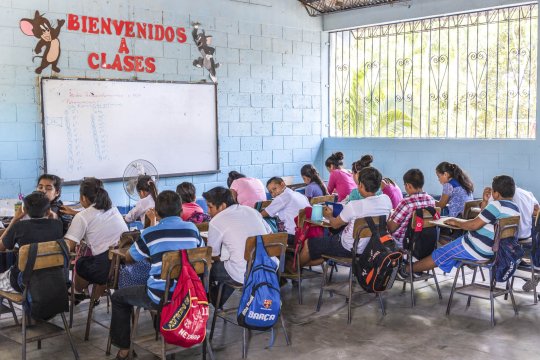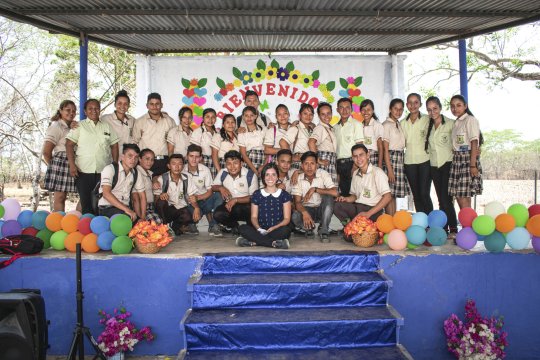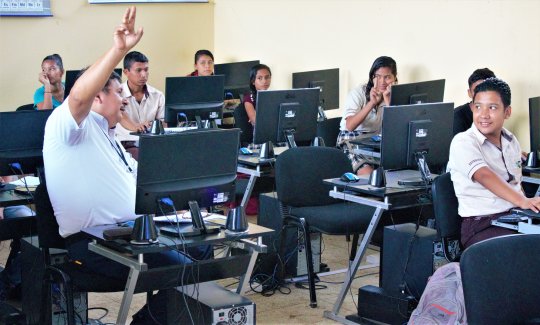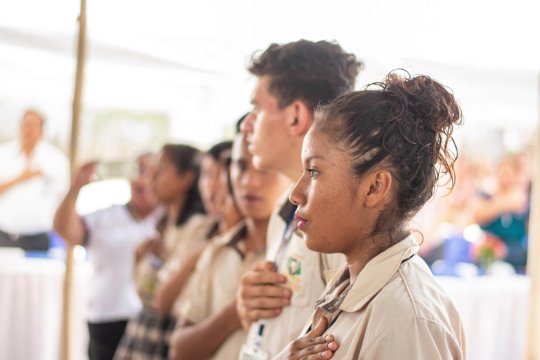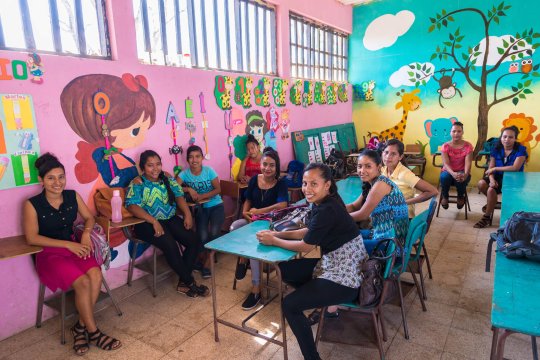How can I bring the model to communities where I work?
Download these resources to learn more about the model and how to implement it.
La Maquina Youth Employment Model Guide
A comprehensive guide on the model concept highlighting concrete results, as well as considerations and guidance on implementation.
Download the Guide nowIntro Kit
A quick overview of the model and the difference it is making for rural youth.
Download the Brochure Download the Flyers
La Máquina Youth Employment Model™
Moving youth in rural areas away from hazardous child labour towards decent employment.
By improving the employability of youth and addressing existing skills gaps in the job market, The La Máquina Youth Employment Model™ serves as an economic development strategy for job creation and the eradication of poverty.
The model is aimed at:
-
State representatives
-
Businesses & Corporate Social Responsibility Teams
-
International organisations
-
Civil society
-
Practitioners
Our model
-
PREPARATION
Phase 1
PREPARATION
Knowing the issue: The intervgit add . ention area is identified and a baseline study to document the issue is carried out. Findings and recom-mendations from the baseline study are shared with relevant stakeholders and next steps are defined in collaboration with the stakeholders.
-
SUSTAINABLE FRAMEWORK
Phase 2
SUSTAINABLE FRAMEWORK
Building the structure: All the necessary conditions and agree-ments are established to ensure the validity and the continuation of the model. A local Advisory Committee is established to pro-vide oversight of the model. The design of a training curriculum is developed, appropriate training providers are identified, and the selection criteria for future enrolment of students is established.
-
TRAINING & INTERNSHIPS
Phase 3
TRAINING & INTERNSHIPS
Implementing the programme: Concrete training activities are organised and facilitated. This requires the enrolment of students into the training and the facilitation of activities that support rentention and completion. Internships within the local job market are identified for future placements.
-
JOB PLACEMENT
Phase 4
JOB PLACEMENT
Supporting youth: Focus is on creating sup-portive mechanisms that help graduates to tran-sition from school to labour market and securing permanent placement or supporting continued education towards decent employment.









